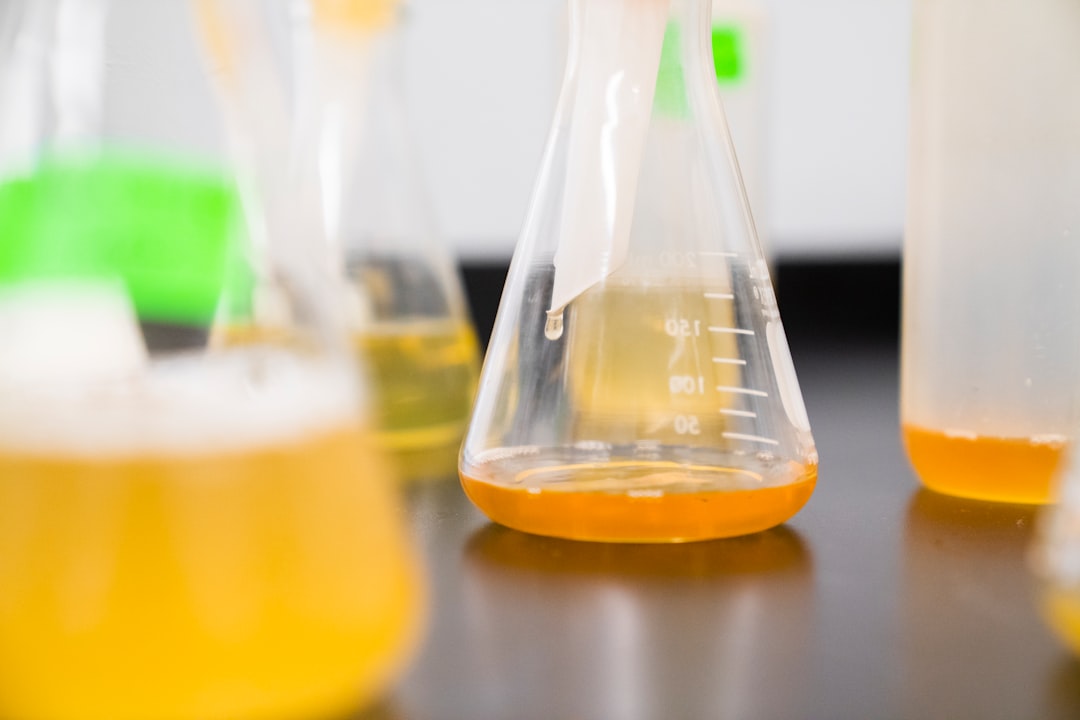What is it about?
Poor greywater management is one of Ghana’s sanitation nightmares due to longstanding neglect. This study brings out the local practices of informal phytoremediation, and identifies commonly used plants and benefits folks derive. Based on extensive surveys, enough evidence is gathered on main grey water disposal options, local understanding of functions of plants involved in grey water disposal, different plant species used, and some major plant benefits. Not only are figures just given, but statistical sense are made out of the numbers There is demand for improving local practices of using plants in greywater treatment and reuse.
Featured Image
Why is it important?
There has never been any documentation of local knowledge and practices of phytoremediation and its variant in application of greywater treatment in Ghana and most developing countries. This study is showing that local informal practices can be scientifically be taken up and improved into a low-cost technology as a solution to an environmental menace from poor sanitation systems.
Perspectives
It is interesting to know that phytoremediation by tradition is practiced among indigenes. A lot can be learned from the local folks especially by identifying native plants and media for a formalised and scientifically designed low cost treatment system.
Bismark Dwumfour-Asare
Read the Original
This page is a summary of: Indigenous plants for informal greywater treatment and reuse by some households in Ghana, Journal of Water Reuse and Desalination, March 2018, IWA Publishing,
DOI: 10.2166/wrd.2018.061.
You can read the full text:
Contributors
The following have contributed to this page










